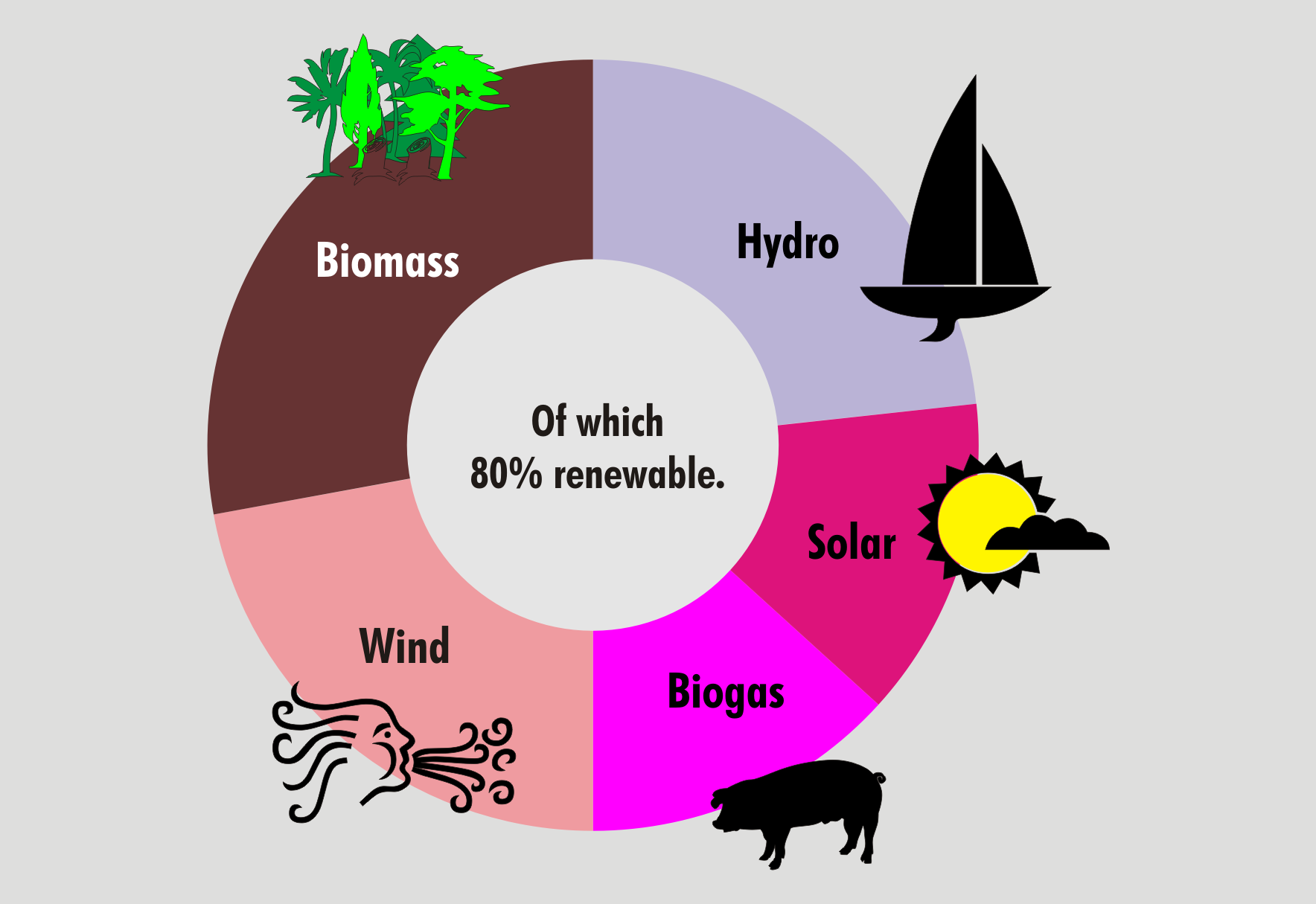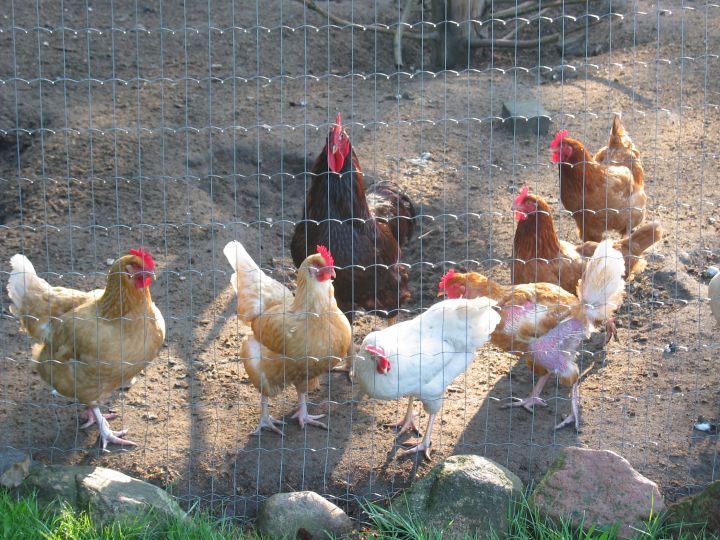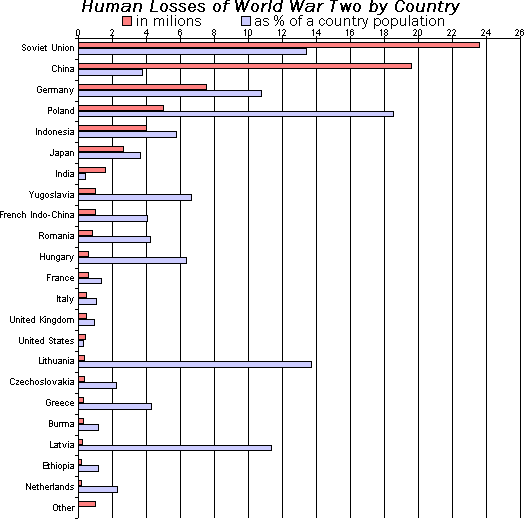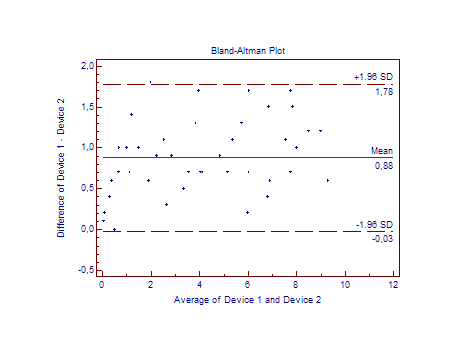|
Ethogram
An ethogram is a catalogue or inventory of behaviours or actions exhibited by an animal used in ethology. The behaviours in an ethogram are usually defined to be mutually exclusive and objective, avoiding subjectivity and functional inference as to their possible purpose. For example, a species may use a putative threat display, which in the ethogram is given a descriptive name such as "head forward" or "chest-beating display", and not "head forward threat" or "chest-beating threat". This degree of objectivity is required because what looks like "courtship" might have a completely different function, and in addition, the same motor patterns in different species can have very different functions (e.g. tail wagging in cats and dogs). Objectivity and clarity in the definitions of behaviours also improve inter-observer reliability. Often, ethograms are hierarchical in presentation. The defined behaviours are recorded under broader categories of behaviour which may allow functiona ... [...More Info...] [...Related Items...] OR: [Wikipedia] [Google] [Baidu] |
Comfort Behaviour In Animals
Comfort behaviours in animals are activities that help maintain the pelage, feathers, integuement or musculoskeletal system and increase the physical comfort of the animal. Comfort behaviours are performed from an early age and change little during development. Several comfort behaviours are associated with the beginning of a rest period (e.g. grooming), whereas others are associated with the end of a rest period (e.g. stretching), possibly to prepare the body for escape or hunting. Others, (e.g. dust bathing) will be performed only when the appropriate internal and external stimuli are present (see also sham dustbathing). Animals generally perform comfort behaviours only when they are not engaged in essential activities (e.g. feeding, drinking, hunting, escape); these behaviours are therefore sometimes categorised as ''luxury activities''. However, animals can be highly motivated to perform some comfort behaviours (e.g. dust bathing in hens), and conditions that thwart these behav ... [...More Info...] [...Related Items...] OR: [Wikipedia] [Google] [Baidu] |
Ethology
Ethology is the scientific study of animal behaviour, usually with a focus on behaviour under natural conditions, and viewing behaviour as an evolutionarily adaptive trait. Behaviourism as a term also describes the scientific and objective study of animal behaviour, usually referring to measured responses to stimuli or to trained behavioural responses in a laboratory context, without a particular emphasis on evolutionary adaptivity. Throughout history, different naturalists have studied aspects of animal behaviour. Ethology has its scientific roots in the work of Charles Darwin and of American and German ornithologists of the late 19th and early 20th century, including Charles O. Whitman, Oskar Heinroth, and Wallace Craig. The modern discipline of ethology is generally considered to have begun during the 1930s with the work of Dutch biologist Nikolaas Tinbergen and Austrian biologists Konrad Lorenz and Karl von Frisch, the three recipients of the 1973 Nobel Prize in Phys ... [...More Info...] [...Related Items...] OR: [Wikipedia] [Google] [Baidu] |
Pie Chart
A pie chart (or a circle chart) is a circular Statistical graphics, statistical graphic, which is divided into slices to illustrate numerical proportion. In a pie chart, the arc length of each slice (and consequently its central angle and area) is Proportionality (mathematics), proportional to the quantity it represents. While it is named for its resemblance to a pie which has been sliced, there are variations on the way it can be presented. The earliest known pie chart is generally credited to William Playfair's ''Statistical Breviary'' of 1801.Spence (2005)Tufte, p. 44 Pie charts are very widely used in the business world and the mass media.Cleveland, p. 262 However, they have been criticized,Wilkinson, p. 23. and many experts recommend avoiding them,Tufte, p. 178.van Belle, p. 160–162.Stephen Few"Save the Pies for Dessert" August 2007, Retrieved 2010-02-02Steve Fento"Pie Charts Are Bad"/ref> as research has shown it is difficult to compare different sections of a given pi ... [...More Info...] [...Related Items...] OR: [Wikipedia] [Google] [Baidu] |
Tail Biting In Pigs
Tail biting in pigs is an abnormal behavior whereby a pig uses its teeth to bite, chew or orally manipulate another pigs's tail. Tail biting is used to describe a range in severity from light manipulation of the tail to physically harming the tail, causing infection, amputation or even harming areas surrounding the tail. Tail biting typically occurs under the following conditions: indoor facility with a high density of pigs housed in a confined area (like a pen); lack of a substrate material; poor ventilation system, or poor feed quality and accessibility. There are three types of tail biting: two-stage, sudden forceful, and obsessive. The type of tail biting is based on the behaviors of each the biter and victim, physical consequences of the bite, and conditions under which the biting happens. A common cause of tail biting is due to pigs feeling stressed or discomfort and are looking for something to divert their attention. Some other causes of tail biting involve possible breed ... [...More Info...] [...Related Items...] OR: [Wikipedia] [Google] [Baidu] |
Feather Pecking
Feather pecking is a behavioural problem that occurs most frequently amongst domestic hens reared for egg production,Huber-Eicher, B. and Sebo, F. 2001. The prevalence of feather pecking and development in commercial flocks of laying hens. Applied Animal Behaviour Science, 74: 223–231Sherwin, C.M., Richards, G.J and Nicol, C.J. 2010. A comparison of the welfare of layer hens in four housing systems in the UK. British Poultry Science, 51(4): 488-499 although it does occur in other poultry such as pheasants,Butler, D.A. and Davis, C. 2010. Effects of plastic bits on the condition and behaviour of captive-reared pheasants. Veterinary. Record, 166: 398-401 turkeys,Sherwin, C.M., 2010. Turkeys: Behavior, Management and Well-Being. In “The Encyclopaedia of Animal Science”. Wilson G. Pond and Alan W. Bell (Eds). Marcel Dekker. pp. 847-849 ducks,Gustafson, L.A., Cheng, H.W., Garner, J.P., et al. 2007. Effects of bill-trimming Muscovy ducks on behavior, body weight gain, and bi ... [...More Info...] [...Related Items...] OR: [Wikipedia] [Google] [Baidu] |
Stereotypy (non-human)
In animal behaviour, stereotypy, stereotypical or stereotyped behaviour has several meanings, leading to ambiguity in the scientific literature. A stereotypy is a term for a group of phenotypic behaviours that are repetitive, morphologically identical and which possess no obvious goal or function. These behaviours have been defined as ' abnormal', as they exhibit themselves solely to animals subjected to barren environments, scheduled or restricted feedings, social deprivation and other cases of frustration, but do not arise in 'normal' animals in their natural environments. These behaviours may be maladaptive, involving self-injury or reduced reproductive success, and in laboratory animals can confound behavioural research. Stereotypical behaviours are thought to be caused ultimately by artificial environments that do not allow animals to satisfy their normal behavioural needs. Rather than refer to the behaviour as abnormal, it has been suggested that it be described as "behavi ... [...More Info...] [...Related Items...] OR: [Wikipedia] [Google] [Baidu] |
List Of Abnormal Behaviours In Animals
Abnormal behaviour in animals can be defined in several ways. Statistically, abnormal is when the occurrence, frequency or intensity of a behaviour varies statistically significantly, either more or less, from the normal value. This means that theoretically, almost any behaviour could become abnormal in an individual. Less formally, 'abnormal' includes any activity judged to be outside the normal behaviour pattern for animals of that particular class or age. For example, infanticide may be a normal behaviour and regularly observed in one species, however, in another species it might be normal but becomes 'abnormal' if it reaches a high frequency, or in another species it is rarely observed, and any incidence is considered 'abnormal'. This list does not include one-time behaviours performed by individual animals that might be considered abnormal for that individual, unless these are performed repeatedly by other individuals in the species and are recognised as part of the ethogram ... [...More Info...] [...Related Items...] OR: [Wikipedia] [Google] [Baidu] |
Bar Chart
A bar chart or bar graph is a chart or graph that presents categorical data with rectangular bars with heights or lengths proportional to the values that they represent. The bars can be plotted vertically or horizontally. A vertical bar chart is sometimes called a column chart. A bar graph shows comparisons among discrete categories. One axis of the chart shows the specific categories being compared, and the other axis represents a measured value. Some bar graphs present bars clustered in groups of more than one, showing the values of more than one measured variable. History Many sources consider William Playfair (1759-1824) to have invented the bar chart and the ''Exports and Imports of Scotland to and from different parts for one Year from Christmas 1780 to Christmas 1781'' graph from his ''The Commercial and Political Atlas'' to be the first bar chart in history. Diagrams of the velocity of a constantly accelerating object against time published in ''The Latitude of Forms'' ... [...More Info...] [...Related Items...] OR: [Wikipedia] [Google] [Baidu] |
Inter-rater Reliability
In statistics, inter-rater reliability (also called by various similar names, such as inter-rater agreement, inter-rater concordance, inter-observer reliability, inter-coder reliability, and so on) is the degree of agreement among independent observers who rate, code, or assess the same phenomenon. Assessment tools that rely on ratings must exhibit good inter-rater reliability, otherwise they are not valid tests. There are a number of statistics that can be used to determine inter-rater reliability. Different statistics are appropriate for different types of measurement. Some options are joint-probability of agreement, such as Cohen's kappa, Scott's pi and Fleiss' kappa; or inter-rater correlation, concordance correlation coefficient, intra-class correlation, and Krippendorff's alpha. Concept There are several operational definitions of "inter-rater reliability," reflecting different viewpoints about what is a reliable agreement between raters. There are three operational defin ... [...More Info...] [...Related Items...] OR: [Wikipedia] [Google] [Baidu] |
Objectivity (philosophy)
In philosophy, objectivity is the concept of truth independent from individual subjectivity (bias caused by one's perception, emotions, or imagination). A proposition is considered to have objective truth when its truth conditions are met without bias caused by the mind of a sentient being. Scientific objectivity refers to the ability to judge without partiality or external influence. Objectivity in the moral framework calls for moral codes to be assessed based on the well-being of the people in the society that follow it. Moral objectivity also calls for moral codes to be compared to one another through a set of universal facts and not through subjectivity. Objectivity of knowledge Plato considered geometry to be a condition of idealism concerned with universal truth. In ''Republic'', Socrates opposes the sophist Thrasymachus's relativistic account of justice, and argues that justice is mathematical in its conceptual structure, and that ethics was therefore a precise and objec ... [...More Info...] [...Related Items...] OR: [Wikipedia] [Google] [Baidu] |
Threat Display
Deimatic behaviour or startle display means any pattern of bluffing behaviour in an animal that lacks strong defences, such as suddenly displaying conspicuous eyespots, to scare off or momentarily distract a predator, thus giving the prey animal an opportunity to escape. The term deimatic or dymantic originates from the Greek δειματόω (deimatóo), meaning "to frighten". Deimatic display occurs in widely separated groups of animals, including moths, butterflies, mantises and phasmids among the insects. In the cephalopods, different species of octopuses, squids, cuttlefish and the paper nautilus are deimatic. Displays are classified as deimatic or aposematic by the responses of the animals that see them. Where predators are initially startled but learn to eat the displaying prey, the display is classed as deimatic, and the prey is bluffing; where they continue to avoid the prey after tasting it, the display is taken as aposematic, meaning the prey is genuinely distastef ... [...More Info...] [...Related Items...] OR: [Wikipedia] [Google] [Baidu] |
Putative
{{Short pages monitor ... [...More Info...] [...Related Items...] OR: [Wikipedia] [Google] [Baidu] |






